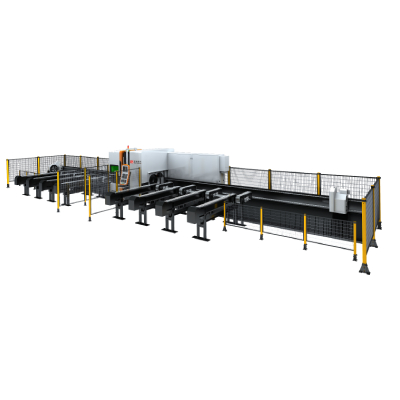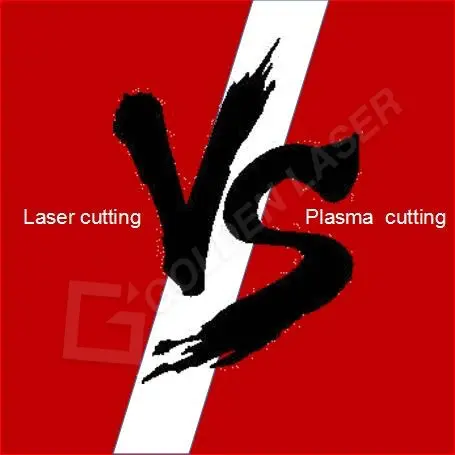****
In today’s high-precision manufacturing landscape, technological advancements play a crucial role in refining productivity and improving fabrication quality. Among these advancements, 1500-watt fiber laser cutting technology has emerged as a revolutionary method in machining, enabling manufacturers to expand their capabilities and enhance the quality of their products. This article explores the mechanics of fiber laser cutting, its benefits over traditional methods, and the transformative impact it has on various industries.
**Understanding Fiber Laser Cutting Technology**

Unlocking the Future of Precision Engineering: The Impact of 1500-Watt Fiber Laser Cutting Technology on Manufacturing Processes

Unlocking the Future of Precision Engineering: The Impact of 1500-Watt Fiber Laser Cutting Technology on Manufacturing Processes
Fiber laser cutting utilizes a fiber-optic cable to generate and deliver laser light. This technology differentiates itself from traditional CO2 lasers by using solid-state components, which leads to higher energy efficiency and superior cutting quality. A 1500-watt fiber laser can achieve cutting speeds that were once thought to be impossible, making it ideal for a wide range of applications.
The process operates by focusing the high-intensity laser beam onto a material, typically metal, causing it to melt or vaporize. Assist gases like oxygen or nitrogen can be introduced to improve the cutting process, resulting in a clean cut with minimal thermal distortion. Whether it’s stainless steel, aluminum, brass, or even certain thicknesses of plastic, the 1500-watt fiber laser handles each material with remarkable precision.
**Advantages of 1500-Watt Fiber Laser Cutting**

Unlocking the Future of Precision Engineering: The Impact of 1500-Watt Fiber Laser Cutting Technology on Manufacturing Processes
1. **High Precision and Detail:** One of the standout features of fiber laser technology is its ability to deliver precision cuts with intricate details. The focused laser beam can achieve tolerances that meet the stringent requirements of modern manufacturing, reducing the need for secondary operations and leading to lower production costs.
2. **Speed and Efficiency:** With cutting speeds that often exceed those of traditional laser systems, a 1500-watt fiber laser can help streamline manufacturing processes. This speed enhances material throughput, enabling companies to meet tight production deadlines without compromising on quality.
3. **Versatility and Material Range:** The ability of the fiber laser to cut through various materials and thicknesses makes it a versatile choice for different applications. From metals in automotive and aerospace industries to plastics in electronics, the fiber laser can cater to a broad spectrum of manufacturing needs.
4. **Reduced Operational Costs:** The energy efficiency of fiber lasers contributes to significantly lower operational costs compared to CO2 lasers. Additionally, the longer lifespan of fiber laser components and reduced maintenance requirements further reduce expenses, offering a compelling return on investment for businesses.
5. **Minimal Heat Affected Zone (HAZ):** Fiber lasers produce a concentrated beam that generates a small heat-affected zone, which is vital for materials that can warp or deform under high temperatures. This characteristic enhances the quality of the cut, reducing the risk of post-processing adjustments.
**Applications Across Industries**
The versatility of 1500-watt fiber laser cutting technology lends itself to various industries. In the automotive sector, it is employed to create intricate parts and components, enhancing vehicle performance and aesthetics. Aerospace manufacturers benefit from the precise cutting of lightweight materials, which is critical for efficiency and safety in aviation.
In the electronics industry, where precision and compact designs are essential, fiber lasers handle the cutting of circuit boards and components with ease. Additionally, sheet metal fabrication shops are increasingly turning to fiber laser cutting technologies to elevate their production capabilities and meet diverse customer demands.
**The Future of Fiber Laser Cutting Technology**
As technology continues to evolve, the capabilities of fiber laser cutting will likely enhance even further. Innovations are on the horizon, including real-time monitoring systems that utilize artificial intelligence to optimize cutting parameters automatically and improve productivity. Furthermore, advancements in automation and workflow integration are expected to make fiber laser cutting even more accessible to small and medium-sized enterprises.
In conclusion, the introduction of 1500-watt fiber laser cutting technology is reshaping the manufacturing landscape. Its combination of precision, speed, efficiency, and versatility positions it as a leading solution for modern fabrication challenges. As industries strive for higher quality and lower costs, fiber laser cutting will undoubtedly remain at the forefront of manufacturing innovations, unlocking new possibilities for precision engineering in a rapidly changing world. Stainless Steel Metal Laser Cutting Machine
